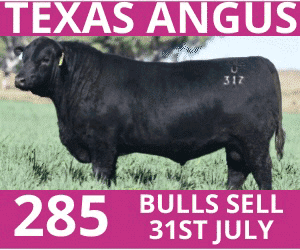Collecting Docility Information
Docility scores taken on calves between 60 and 400 days of age are used to calculate Docility EBVs within the TransTasman Angus Cattle Evaluation (TACE).
Recording docility scores
Animals can be scored for docility using either a crush or yard test:
- Crush Test – Calves are put up a race and held in a crush or weigh scales for a minimum of 10 seconds (but not necessarily head bailed).
- Yard Test – Calves are individually put into a small square yard and the handler attempts to hold the animal in one corner for a minimum of 10 seconds.
While docility scores from both scoring systems are acceptable, the crush test is more commonly used as animals can be scored when moving through the crush for other purposes (e.g. weighing, animal health treatments).
Docility score descriptions
When using either the crush or yard test, the behaviour of animals should be observed and animals scored using the criteria displayed in the following table.
Half scores (i.e. 1.5, 2.5, 3.5, 4.5) can be used to identify animals who exhibit behaviour which is intermediate to the scores listed.
In a “normal” Angus beef herd where the majority of animals have acceptable temperament, it would be expected that the majority of animals would have a score of 1, 1.5 or 2, with a small percentage of animals receiving a score of 2.5 and above.

When should animals be scored?
Docility scores must be recorded when animals are between 60 and 400 days of age for inclusion in TACE.
The recommended time of scoring is at weaning or shortly afterwards. The advantage of scoring at weaning is that all calves should have had minimal handling and so will express variation in temperament. Variation in handling between animals prior to scoring should also be minimised.
Only one docility score can be analysed in TACE for each individual animal.
- There needs to be some variation in scores for them to be used in the TACE analysis. Scoring all animals in a group with a docility score of [1] does not identify any differences in docility between animals, and consequently does not provide any useful information for the calculation of Docility EBVs.
- Docility scores should be collected for all animals in a contemporary group. Only recording docility scores for a subset of animals is of no value and can lead to biased Docility EBVs.
- All animals in a contemporary group should be scored on the same day. TACE will not directly compare the docility scores of animals that have been scored on different days.
- Docility scores should be collected when animals are in as large a group as possible. Consequently, try to collect docility scores before any of the animals in a management group are treated differently.
Click here to print
Angus Australia acknowledges the funds provided by the Australian Government through the Meat & Livestock Australia Donor Company (MDC).
This resource was created as a result of a collaboration between Angus Australia and Meat & Livestock Australia Donor Company (MDC) (Project P.PSH.1063).






